The $100 billion treat: how chocolate took over the world
The astonishing numbers behind the world's favourite confection
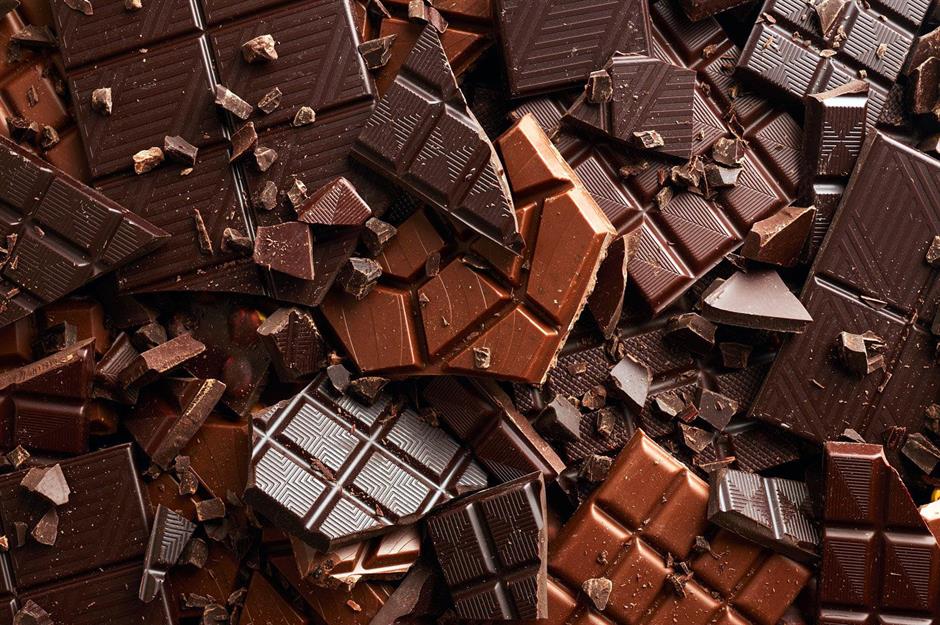
There's no denying it: chocolate is one of the most popular foods in the world. You probably don't think about the multibillion-dollar industry behind your favourite sweet treat, but it's not just a "world of pure imagination" (to quote Willy Wonka). It's also a world of mind-blowing numbers, rising costs, and in some cases, exploitation.
Read on for our round-up of astonishing chocolate facts and statistics, from the nations that consume the most to how much the priciest bars cost. Plus, find out why this much-loved indulgence is endangered – and could even become extinct – in the not-too-distant future...
All dollar amounts in US dollars.
What is the global chocolate market worth?
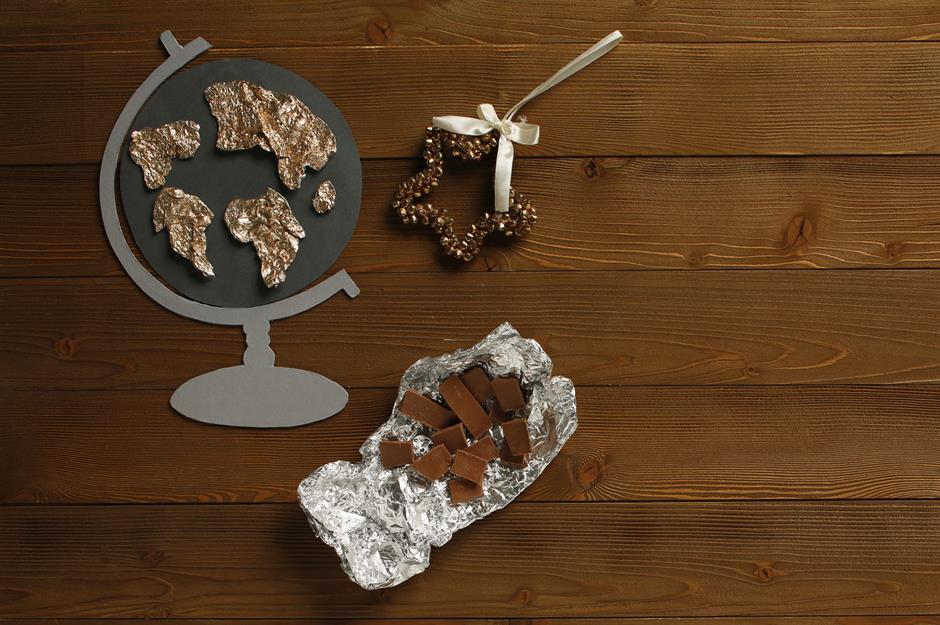
It's unclear exactly how much the global chocolate market is worth, with estimates varying wildly – though they're all in the hundreds of billions of dollars.
Mordor Intelligence pegs it at $109.13 billion (£86bn) in 2024, which is the lowest figure we've come across. Confectionery News cites a figure of $128 billion (£101bn), while Statista puts the 2024 value at $254.1 billion (£200bn).
At the uppermost end of the scale, MarkNtel Advisors calculates the global chocolate market's worth this year at a staggering $441 billion (£347bn).
How much chocolate does the world consume?
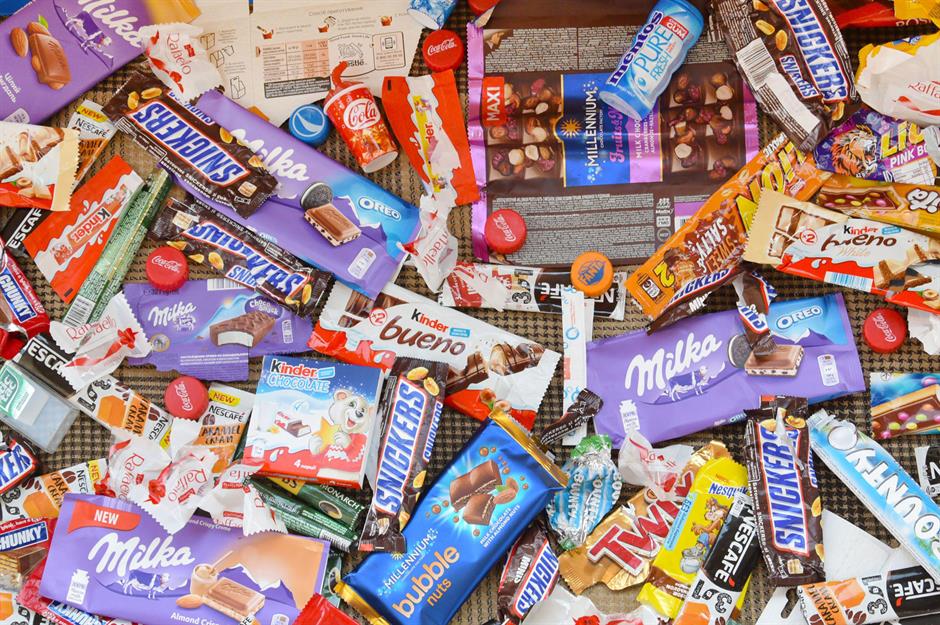
Again, estimates vary. But according to Dame Cacao, around 7.5 million metric tons of chocolate is consumed annually.
That translates to just under 2.2lb (1kg) of chocolate per person per year, though the figure for the country with the highest per-capita consumption is almost nine times greater...
What is the biggest chocolate market by country?
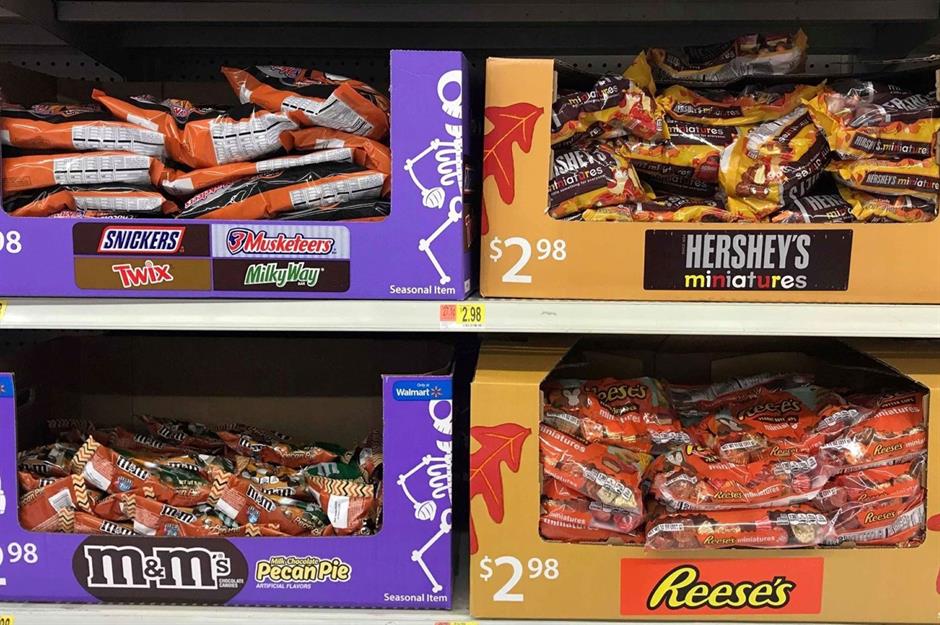
According to Statista, the US is the world's leading chocolate market, with an estimated worth of $53.46 billion (£42bn).
America is also the number one chocolate importer, with annual imports of $3.8 billion (£3bn), over a billion dollars more than runner-up, Canada. All in all, Americans consume just under three million metric tons of chocolate each year.
Which countries consume the most chocolate per capita?
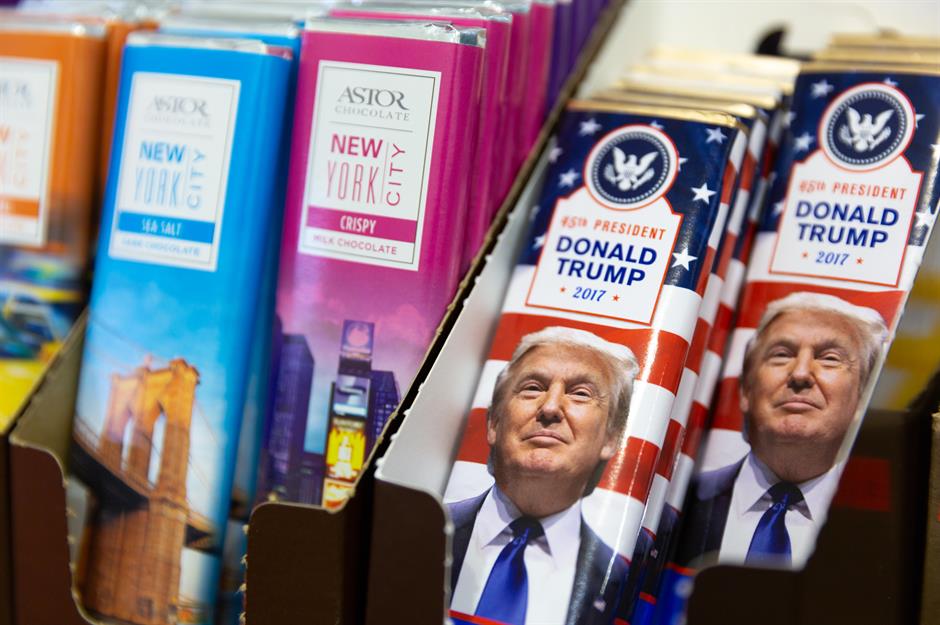
Although America is the leading chocolate market, the nation is ranked only 18th in terms of consumption per person, which averages 9.7lb (4.4kg) per year. Its northern neighbour beats this easily; according to Statista, the average Canadian eats almost 17lb (7.7kg) a year, with this number forecast to increase to 21.4lb (9.7kg) by 2028.
World Population Review reports that Australians and New Zealanders also out-eat Americans when it comes to chocolate, typically eating 10.8lbs (4.9kg) and 11lbs (5kg) per year respectively.
Which countries consume the most chocolate per capita?
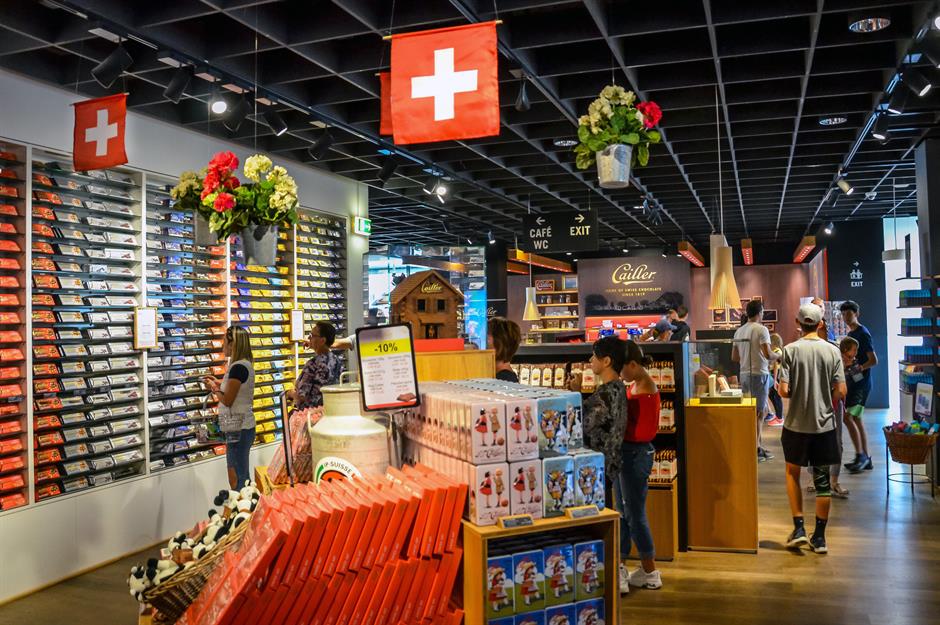
Europeans consume significantly more chocolate per capita. Switzerland leads the way: the typical Swiss person polishes off 19.4lb (8.8kg) of the sweet treat per year. Austria is next with 17.9lb (8.1kg), followed by Germany and Ireland at 17.4lb (7.9kg), and the UK at 18.8lb (7.6kg).
Other nations aren't so sold...
Which countries consume the most chocolate per capita?

At the other end of the scale, Brazil, South Africa, Japan, and China consume far smaller amounts of chocolate. World Population Review claims China comes in last place, eating a meagre 0.2lbs (0.1kg) a year.
Meanwhile, South Africans typically eat 1.98lbs (0.9kg), and Japanese and Brazilian people get through 2.6lbs (1.2kg) per person.
Why is chocolate so popular?

Research from Swiss-Belgian firm Barry Callebaut, the world's leading manufacturer of high-quality chocolate and cocoa products, has found the confection appeals to all five senses thanks to its "colour, snap, mouthfeel, and complexity of flavours and aromas".
Just over 50% of global consumers say they eat or drink chocolate to treat themselves, while 47% admit it's to satisfy a craving and 45% say they consume the confection to indulge.
The company also discovered that chocolate is the go-to celebration treat, be it for a birthday, anniversary, or other memorable occasion.
What types of chocolate are most popular?
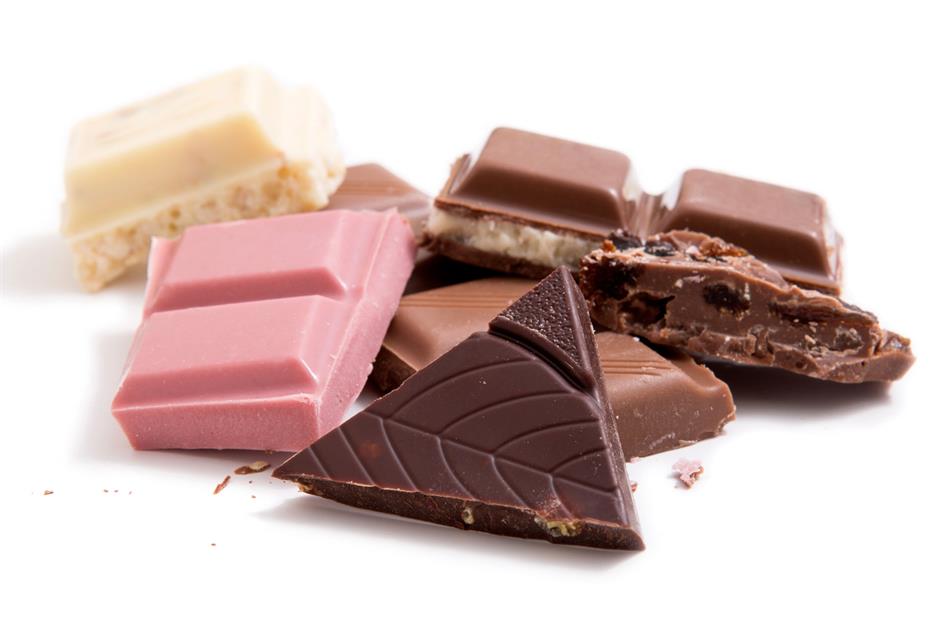
According to Barry Callebaut, milk chocolate reigns supreme, with 48% of consumers stating a preference for it.
The more bitter dark chocolate is next – 28% say it's their favourite variety – followed by the sweetest type, white chocolate (15%). Caramel or blonde is preferred by 6%, while ruby, which was launched in 2017 and has a distinct pink-purple colour, is the chocolate of choice for just 3%.
The importance of flavour

When it comes to the multisensory experience, 67% of consumers say that taste is the most important factor when they're deciding what to buy.
This is followed by how indulgent the chocolate looks (37%) and the confection's sugar content (23%). Barry Callebaut also found that consumers are becoming increasingly conscious of the health benefits of chocolate, as well as its ethical and environmental implications.
Chocolate contains over 800 chemical compounds and has 400 distinct aromas
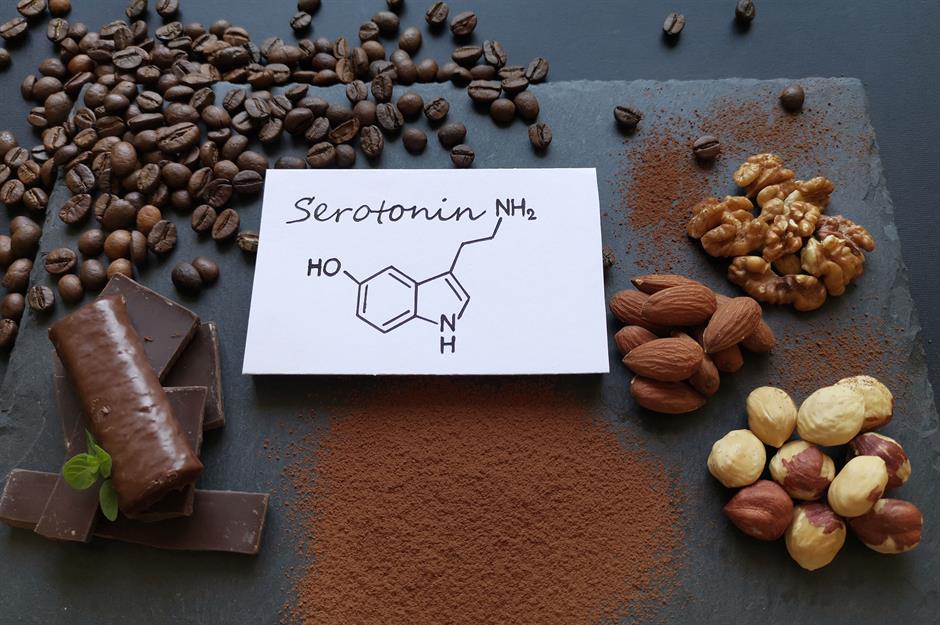
Raw cacao contains 300 chemical compounds (including calcium, iron, magnesium, and potassium, according to chocolate brand Divine), while refined chocolate is made up of 800 chemical compounds. The Journal of Agriculture and Food Chemistry, meanwhile, has reported that cocoa has twice the amount of antioxidants as green tea.
Chocolate is also a source of the so-called "love chemical" phenylethylamine and releases feel-good chemicals such as dopamine, serotonin, endorphins, and oxytocin in the brain when consumed. No wonder indulging in chocolate is so pleasurable...
The sweet treat has 400 distinctive aromas to boot. By way of comparison, a rose has just 14, while an onion has only six or seven.
How did chocolate become so popular?
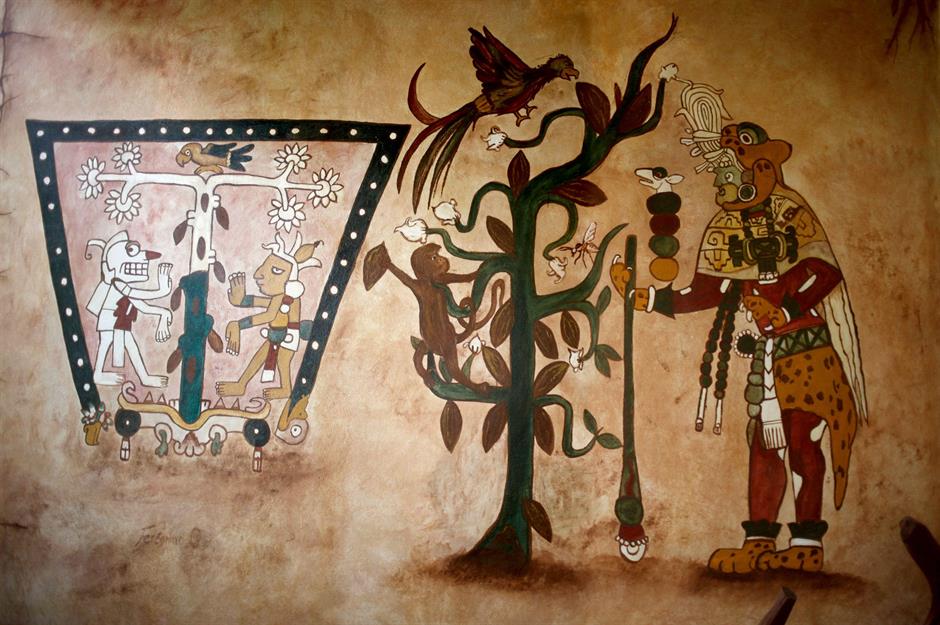
To understand why chocolate is so popular, you have to trace its history. According to the latest linguistic research, The confection dates back as far as 4,000 years to the pre-Columbian Olmecs of Mesoamerica, with the word "cacao" deriving from the Olmec "ka-ka-w".
The first solid evidence of the use of cacao beans as a foodstuff dates from around 1400 BC, in the form of residue found on pottery unearthed in Honduras.
A gift from the Gods
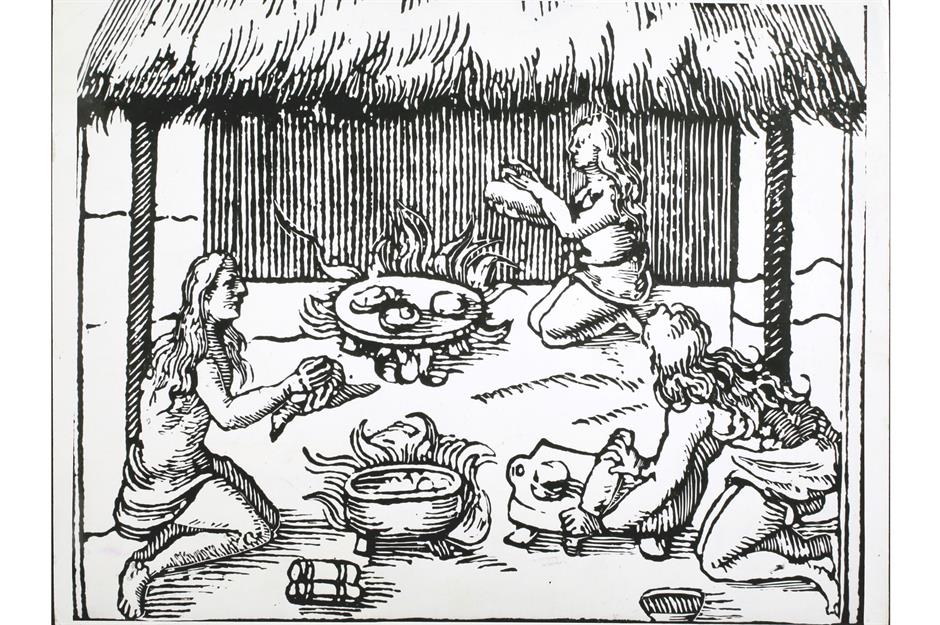
The Mayan and Aztec civilisations that followed the Olmecs revered the cacao bean and used it to make a bitter frothy drink, which was often consumed in celebrations and ceremonies. The Aztecs regarded cacao as a gift from the Gods and its beans were used as currency.
According to a 16th-century Aztec document quoted by The Smithsonian Magazine, one bean could be traded for a tamale, while 100 could be swapped for a "good" turkey hen.
The origin of the word "chocolate"
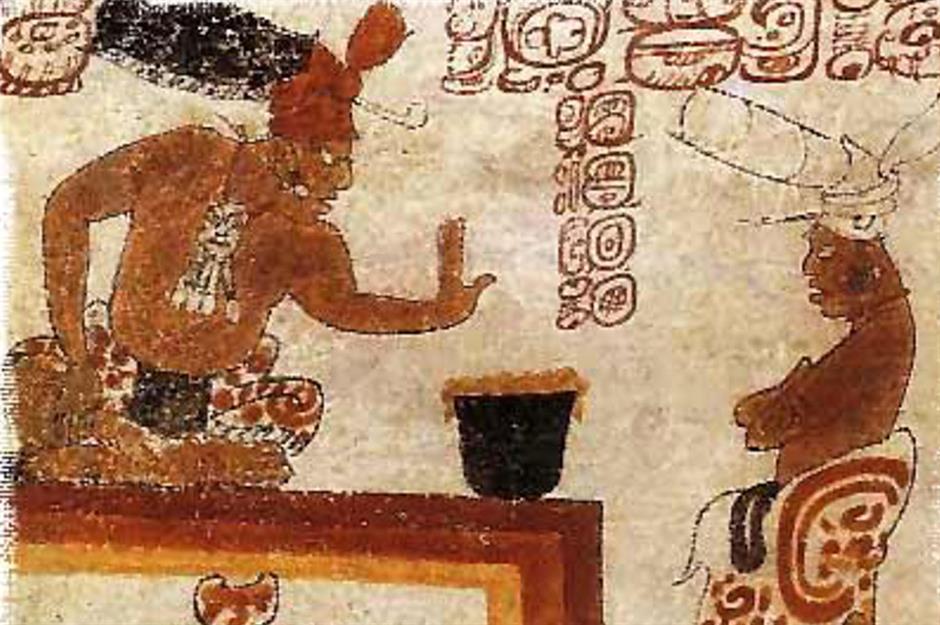
The origin of the word "chocolate" is much debated, and its etymology shrouded in mystery. A slew of sources claim it derives from the Aztec Nahuatl word "xocolatl", which means "bitter water", but this is contentious.
It's also been suggested that the word comes from the Nahuatl "cacahuatl" ("cacao water"), with the Spanish opting to replace the "caca" with "chocol", the Mayan word for "hot", due to the Spanish word "caca" being a vulgar term for "excrement". "Chocol" was therefore used as a euphemism. (Keeping up at the back?)
Another theory is that it derives from the Nahuatl "chikolatl", which means "beaten drink", since the ancient beverage was made using a "chikol" (beating stick).
Chocolate comes to Europe
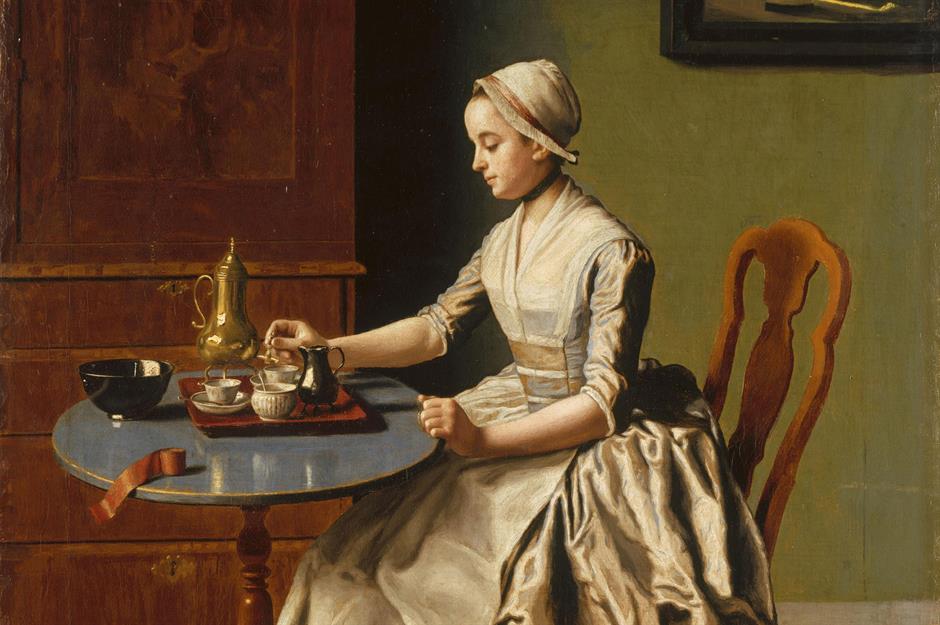
Whatever its origins, the word "chocolate" entered the English language via Spanish.
At some point during the 16th century, the conquistadors brought chocolate to Spain. There, it was served as a hot beverage mixed with honey or cane sugar, as well as cinnamon and other spices to make it more palatable to European tastes. Hot chocolate exploded in popularity among the continent's elite and their counterparts in the colonies, including America.
It remained the preserve of the upper classes until the Industrial Revolution when cheap, mass production of the confection became possible.
Modern chocolate is developed
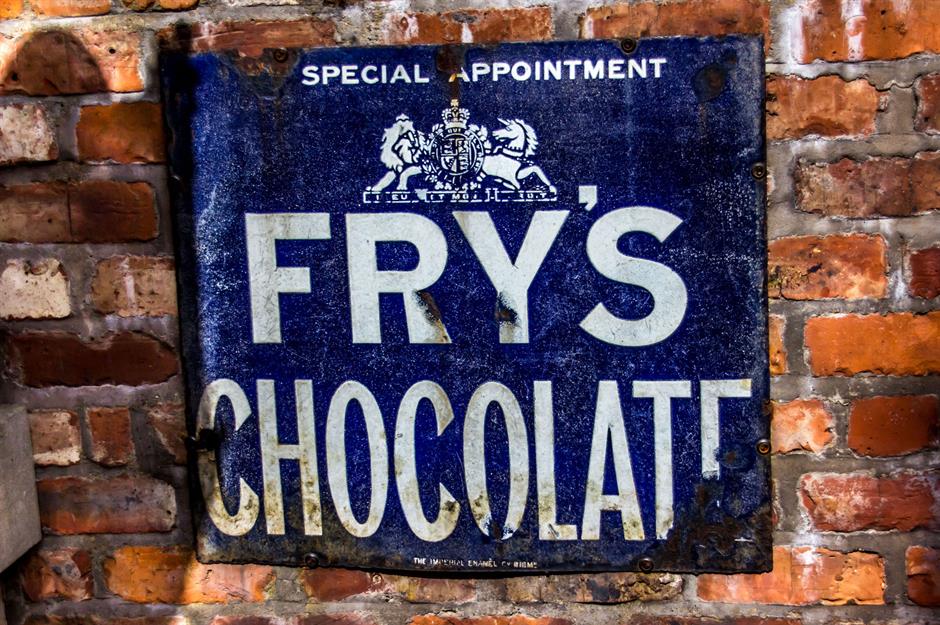
Chocolate as we know it today came about in the 19th century. In 1828, Dutch chemist Coenraad Van Houten (or possibly his father Casparus, according to some sources) invented the chocolate press, which pioneered the process of manufacturing cocoa powder. The machine was used to separate cocoa butter from chocolate liquor, treating it with alkaline salts to minimise the bitter taste.
In 1847, English firm J. S. Fry & Sons had the idea of combining melted cocoa butter with cocoa powder. The company later went on to produce the first mass-produced chocolate bar, Fry's Chocolate Cream, which was launched in 1866 and is officially the world's oldest chocolate bar brand.
Chocolate enters the mainstream
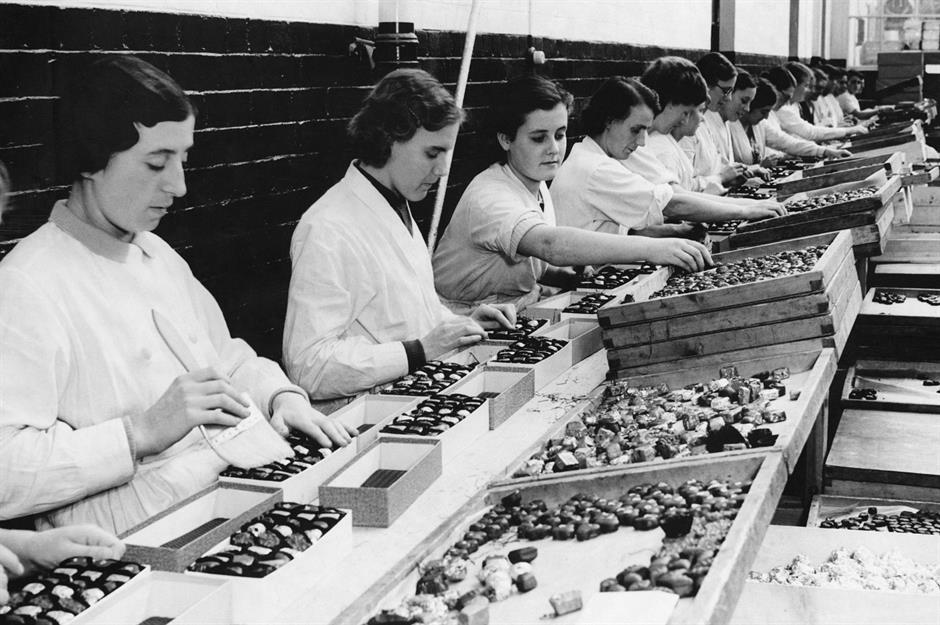
In the mid-1870s, Swiss chocolatier Daniel Peter blended chocolate with condensed milk (reportedly provided by none other than Nestlé founder Henri Nestlé) and invented milk chocolate – although the initial end result was rather hard and grainy.
This all changed in 1879 after the invention of the conch machine by Rodolphe Lindt. The contraption mixed and aerated the chocolate, giving it a smoother "melt-in-the-mouth" consistency.
Modern chocolate had officially arrived, and by the early 20th century, the sweet confection had become a ubiquitous staple enjoyed by all classes.
How much cacao goes into making chocolate?

It takes around 800 cacao beans to make 2.2lb (1kg) of chocolate. The typical cacao tree, which begins to bear fruit four or five years after being planted, can produce enough pods each year to make between 1.1lb (0.5kg) to 3.3lb (1.5kg) of chocolate, with each pod containing between 20 and 50 beans.
The pods are harvested once or twice a year and each tree produces approximately 2,500 beans per season, enough to make about 63 standard-sized (50g) chocolate bars. Cacao trees are notoriously delicate, however, and farmers can lose between 30% and 40% of their crop a year on average.
What are the major cacao-producing countries?
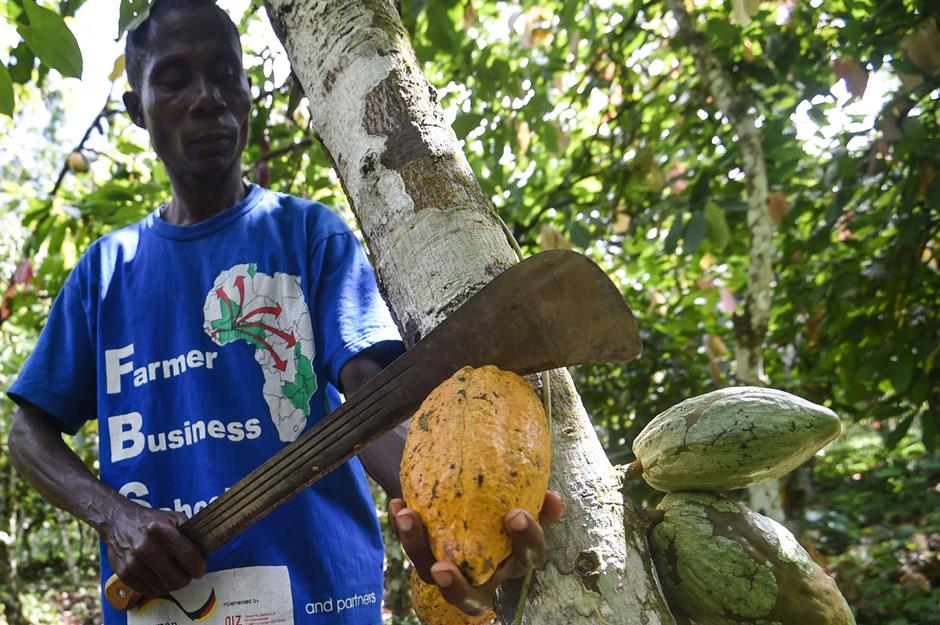
The countries of West Africa produce almost three-quarters of the world's cacao, with the global harvest estimated at around five million metric tons in 2022/23.
Côte d’Ivoire is the leading producer, harvesting around 2.2 million metric tons, which is just under half (44%) of that global total. Ghana is next with 1.1 million metric tons, while other major producers include Ecuador, Cameroon, Nigeria, Brazil, and Indonesia.
Côte d’Ivoire's key cash crop
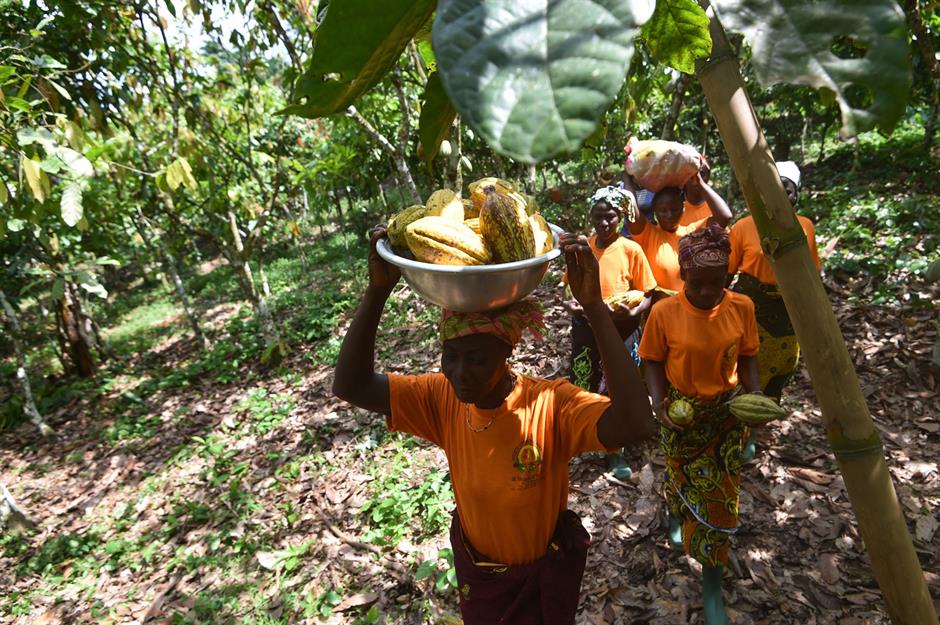
Côte d’Ivoire is heavily dependent on its cacao industry, with a report from Barry Callebaut revealing more than a quarter of the country's 18 million citizens work in the sector.
A mainstay of Côte d’Ivoire's economy, cacao generates a sizeable 40% of the nation's export earnings and represents 15% of its GDP, with 59% of its output going to the EU.
Smallholder farmers dominate the global cacao-growing industry
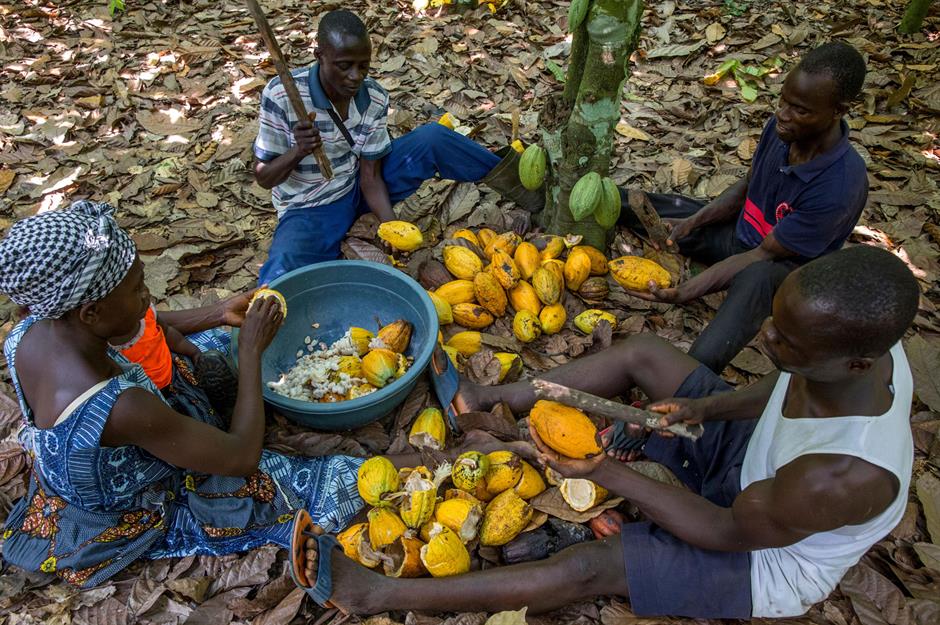
Incredibly, it's estimated that 90% of global cacao production comes via smallholder farmers, comprising five to six million smallholder households.
Pay is pitiful. The vast majority of cacao farmers in Côte d’Ivoire earn less than a dollar a day, with Fairtrade revealing these workers will typically receive a paltry 6% of the final price of a chocolate bar.
Around 1.5 million children work in the cacao industry in Côte d’Ivoire and Ghana
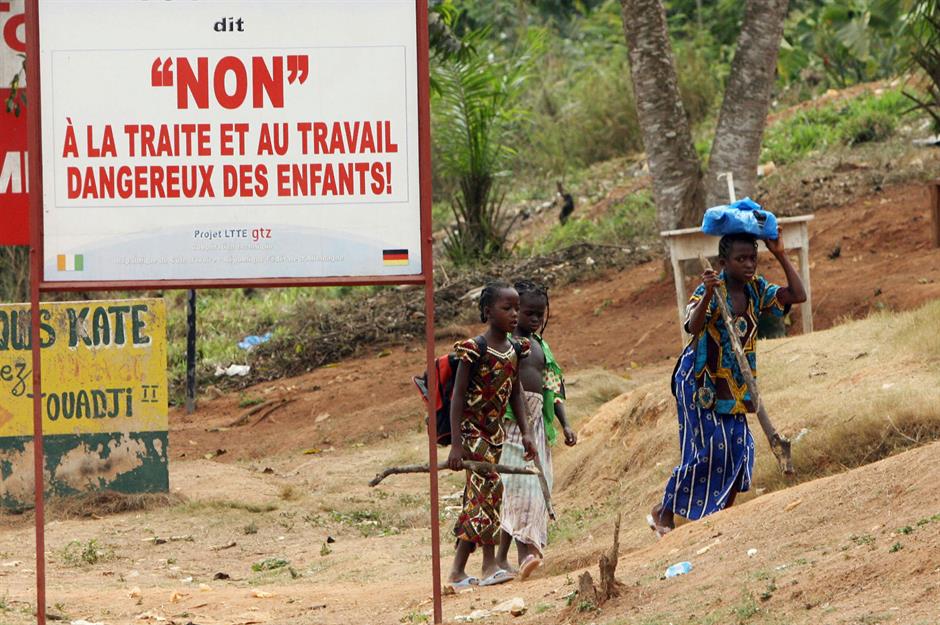
Shockingly, the latest estimates show that more than 1.5 million children work in the cacao industry in Côte d’Ivoire and Ghana. Of these children, 43% are involved in dangerous activities such as lifting heavy loads, burning fields, and using sharp tools, with many also exposed to hazardous agrochemicals.
Despite efforts by Fairtrade organisations and bodies including America's Bureau of International Labor Affairs, which was instrumental in setting up the Child Labor Cocoa Coordinating Group (CLCCG), widespread exploitation of minors persists in the industry.
Most cacao farmers have never tasted chocolate
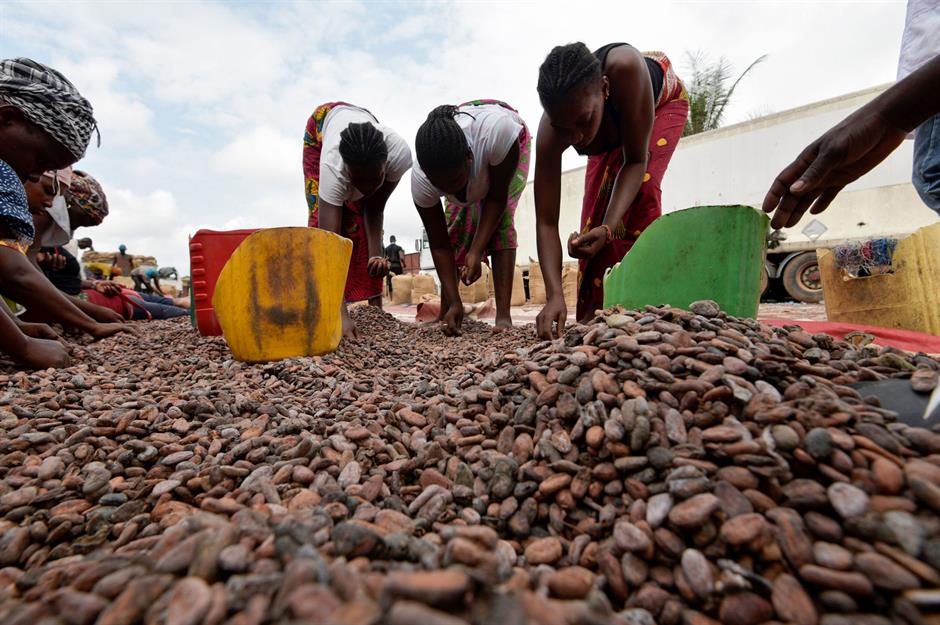
Believe it or not, most cacao farmers have never even tasted the fruits of their labours, as highlighted by the Fairtrade Foundation.
With pay so appalling, they simply can't afford to indulge in the end product, which is processed thousands of miles away from where the cacao beans are grown.
Fairtrade chocolate represents a tiny proportion of the global chocolate market
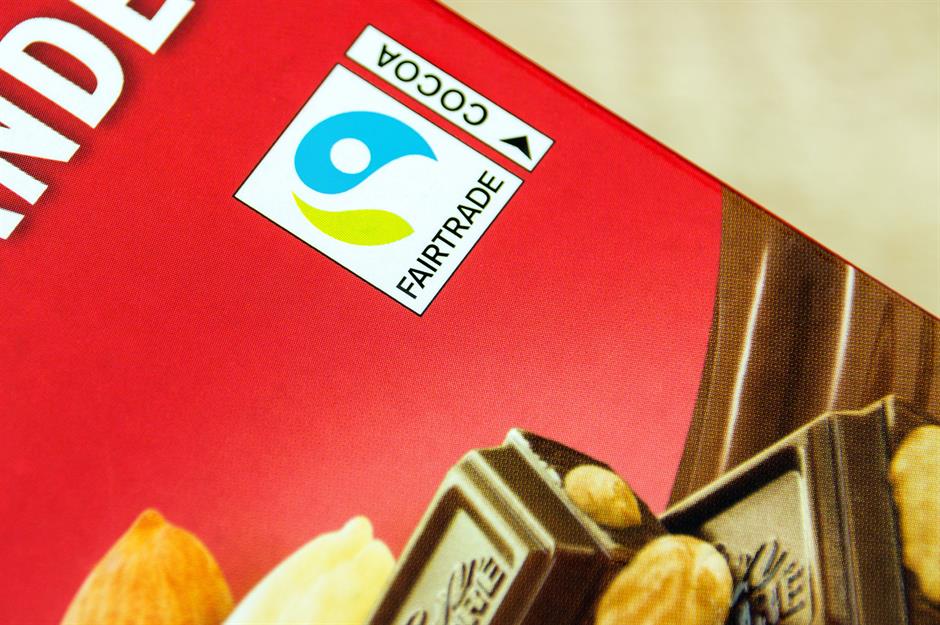
As consumers become increasingly aware of exploitation in the global cacao industry, Fairtrade chocolate has grown in popularity. The organisation's standards prohibit child labour and enable cacao farmers to make a decent living.
That said, Fairtrade chocolate still represents between just 6% and 10% of the global industry, though there are signs of progress: the figure was a mere 1% in 2009.
One of the leading producers of more ethical chocolate is Tony's Chocolonely, a Dutch brand founded in 2005 by the journalist Teun van de Keuken. Now one of the Netherlands' largest chocolate producers, the company aims to "make chocolate 100% slave free."
What are the major chocolate-producing countries?
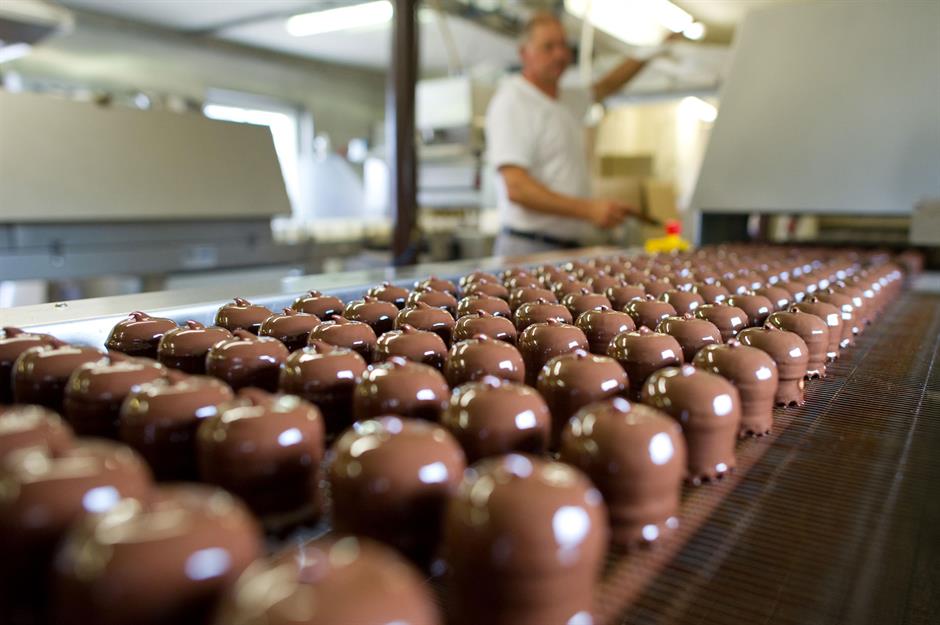
Europe sits at the centre of the world's chocolate industry. Between one-third and two-fifths of the world's cacao is processed on the continent.
Germany is the top producer. As per UN Comtrade data, Germany exported just over a billion kilos in 2022, while Belgium, the Netherlands, Poland, and Italy exported 594 million, 482 million, 456 million, and 415 million kilos respectively.
Who are the leading wholesale chocolate manufacturers?

Swiss-Belgian company Barry Callebaut is the world's leading wholesale chocolate manufacturer. The Zurich-based business-to-business firm processes 20% of the world's cacao, with an annual sales volume of 2.3 million metric tons in 2022/2023 and revenues of $9.7 billion (£7.6bn).
Interestingly, Tony's Chocolonely was removed from a list of ethical chocolate companies compiled by American organisation Slave Free Chocolate in 2021 after collaborating with Barry Callebaut, which has known issues with child labour in its supply chain. (According to Barry Callebaut's website, the brand aims to eradicate its ties to child labour by 2025).
The other major players in the chocolate wholesale business, in order of importance, are American agro giant Cargill, Singapore-based agribusiness titan Olam Group, and Malaysian cocoa producer Guan Chong Berhad.
Where is the world's biggest chocolate factory?
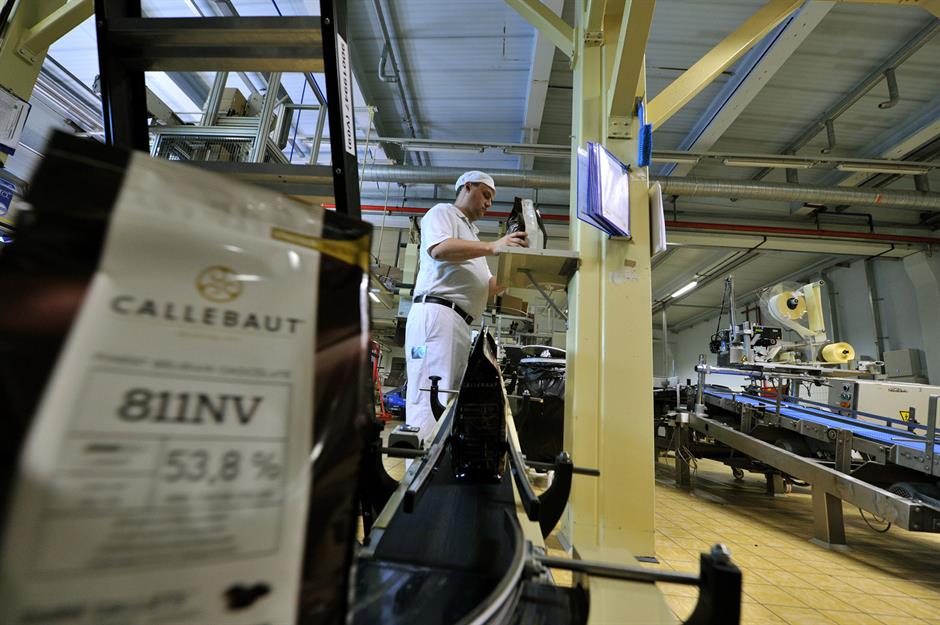
Barry Callebaut operates 66 factories around the globe, including the world's biggest chocolate-making facility in Wieze, Belgium.
While it isn't staffed by Oompa-Loompas, we imagine Willy Wonka would still be bowled over by the factory. It employs 900 people and, according to the company, produces "1,000 tonnes of chocolate every day and give or take a few days, 350,000 tonnes of chocolate a year."
The site is also also home to the firm's flagship Chocolate Academy, and features a chocolate bar and library, a chocolate-tasting "ritual room", and its very own 100-seat "Chocotorium" lecture theatre.
In February, it was announced that Barry Callebaut was planning to cut around 2,500 jobs from its global workforce, despite reporting a profit rise of 20% in the last financial year.
Who are the major retail chocolate companies?
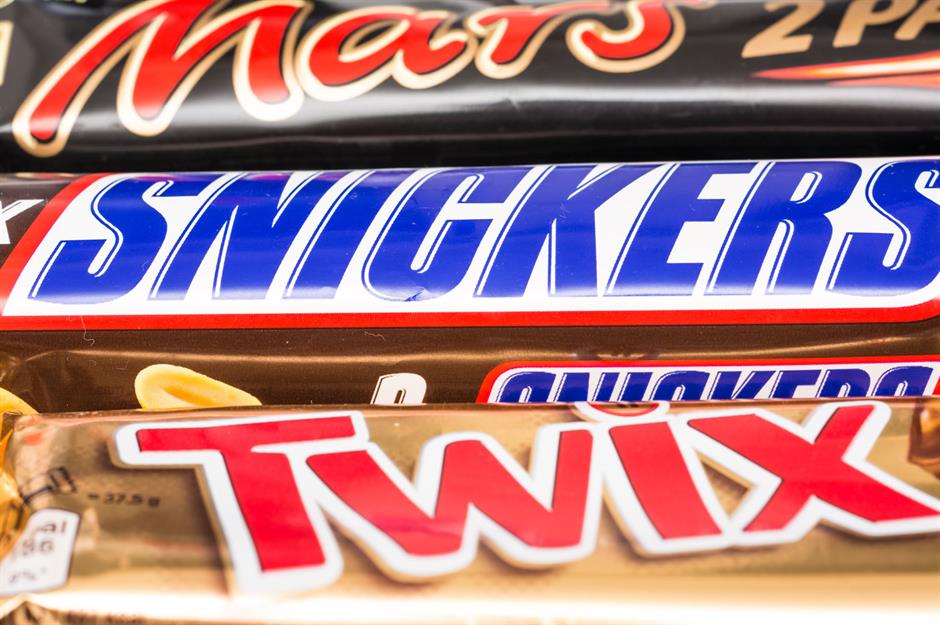
Mars Inc. is the world's leading retail chocolate company by revenue. Last year, it turned over an astronomical $22 billion (£17.3bn), though this figure does include its large range of non-chocolate products (including many big-name pet food brands).
Mondelēz International, which owns the Milka, Cadbury, and Green & Black's brands, is the global number two, with annual revenues of $14.1 billion (£11.1bn).
Nutella and Kinder producer Ferrero is next with $13.1 billion (£10.3bn), followed by Hershey ($10bn/£7.9bn) and Nestlé ($8.5bn/£6.7bn). Other major players include Lindt & Sprüngli and Meiji.
Big Chocolate's big profits
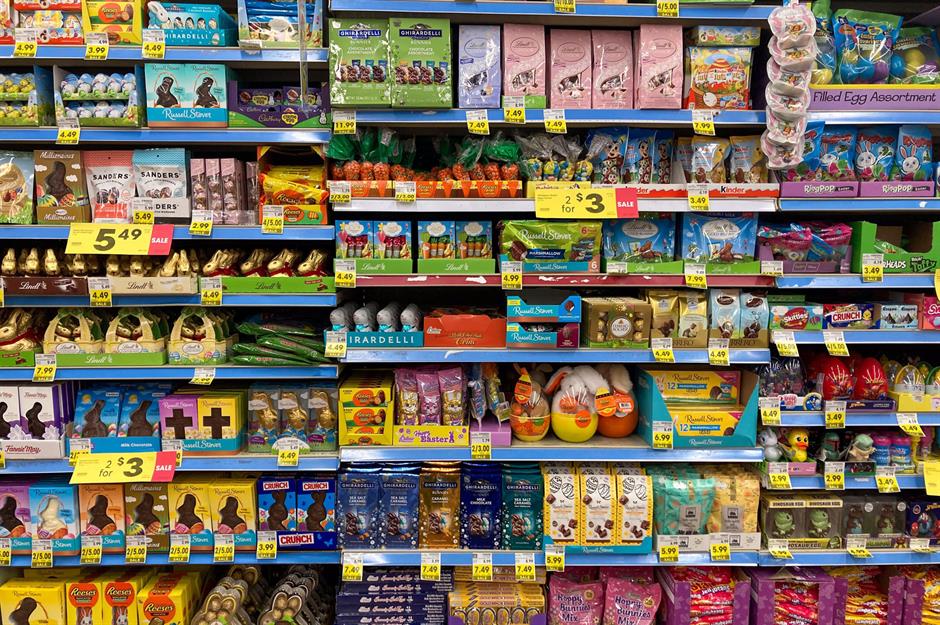
Together, these multinationals make up what's known as "Big Chocolate", with Mars Inc., Hershey, and Nestlé traditionally referred to as the "big three". Nestlé is further down the list in terms of overall revenue, but a larger proportion of its sales are for chocolate and related products.
Despite soaring prices for cacao and sugar, Big Chocolate has been pulling in big profits of late by hiking up prices and passing on the increased costs to customers, who seem more than willing to pay extra for their sweat treats.
Why have chocolate prices been surging?
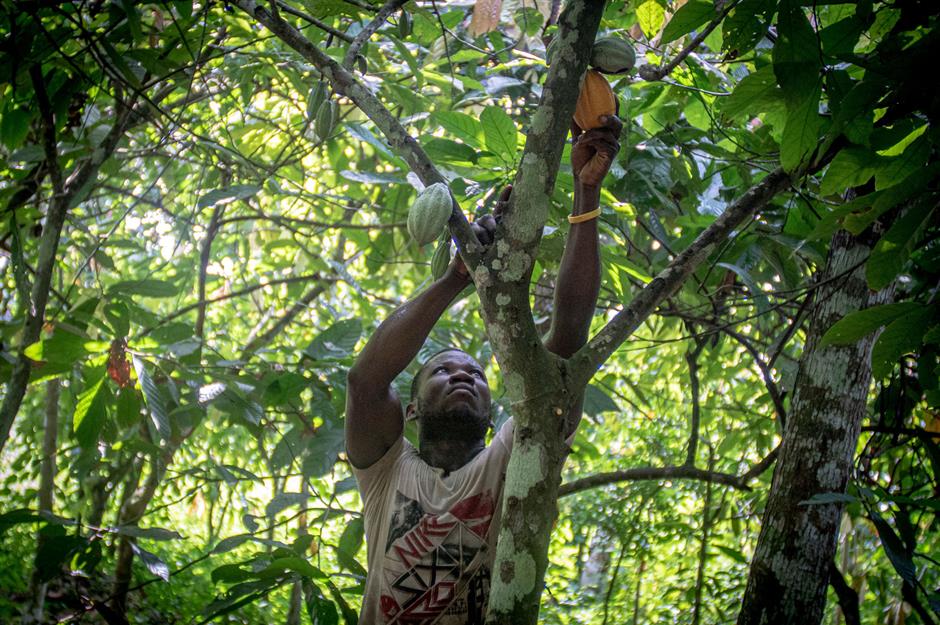
Since the end of 2022, the wholesale cost of cacao has skyrocketed. Cocoa futures recently hit a record high of $7,100 (£5,593) per metric ton, up from under $2,000 (£1,575) in late 2022.
The unprecedented price rise is a consequence of poor harvests in West Africa. These have been caused by the El Niño phenomenon (the warming of sea surface temperature) and amplified by climate change, which has led to hotter, drier weather. Sugar has also been soaring in price. It seems highly likely we can expect to pay considerably more for our chocolate fix going forward...
What is the most expensive chocolate?
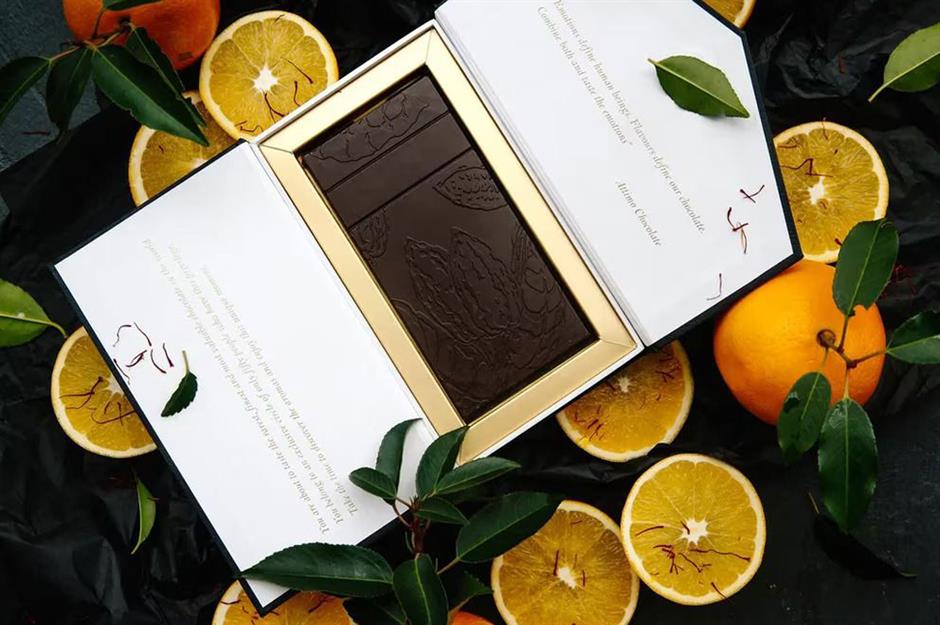
The most expensive chocolate was sold for the equivalent of a whopping $8,060 (£6,349) per kilo by Attimo Chocolate Zurich in 2019.
As featured by Guinness World Records, Attimo's 80g La Churosa bar retailed for $645 (£502). The ultra-premium bar contains 68% Grand Cru Chuao chocolate from Venezuela (considered the finest in the world), as well as other costly ingredients, including saffron grown in the Swiss village of Mund.
Other most expensive chocolate records
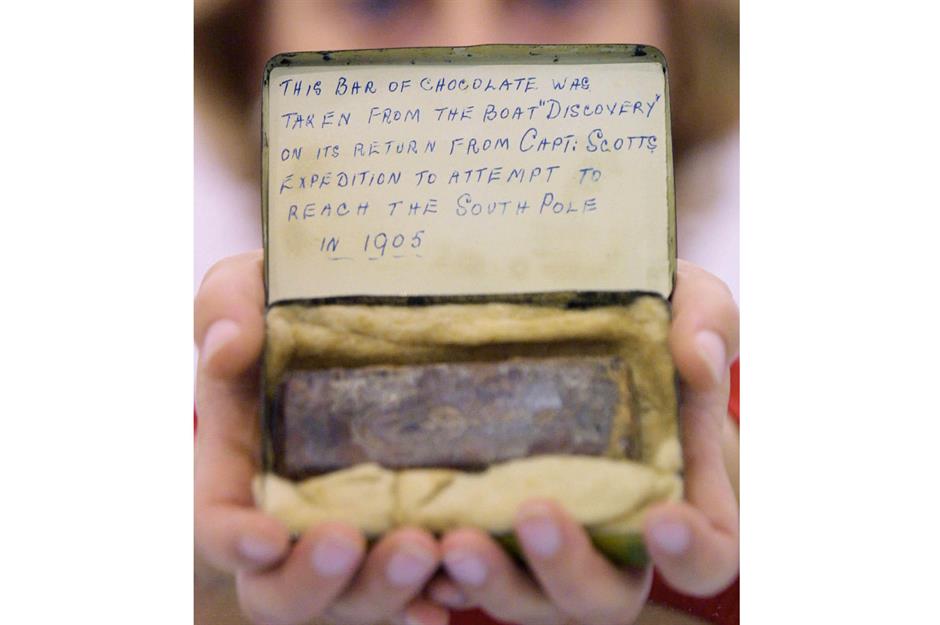
The most expensive chocolate bar sold at auction is a small Cadbury bar that accompanied explorer Captain Robert Scott on his first Discovery expedition to the Antarctic. Dating from 1901, it fetched £470 at a London auction back in 2001, which amounts to $653 (£840) in today's money.
The world's most expensive chocolate Easter egg was also sold in London. In 2012, a 50kg gold-leaf-flecked Amedei chocolate egg by chocolatier William Curley, which took seven artisans three days to make, went under the hammer for the equivalent of $12,318 (£9.7k) in 2024 money.
Why is chocolate becoming endangered?
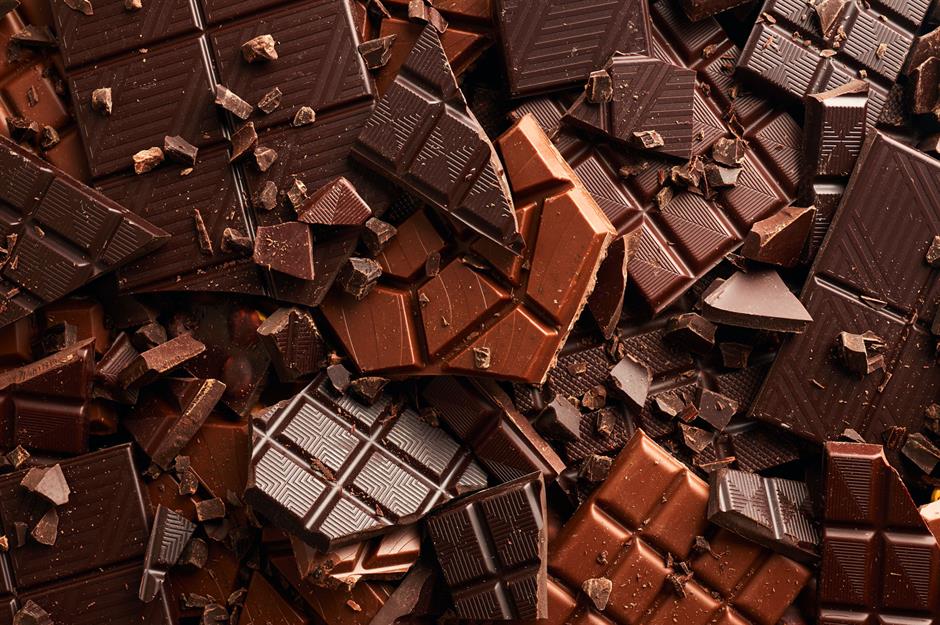
As we've mentioned, the cacao tree is an extremely delicate plant, with as much as 40% of the crop lost every year due to pests and diseases. And with climate change leading to higher temperatures and more prolonged droughts, the future doesn't look bright for the super-sensitive plant.
Crop yields are likely to be massively reduced over the next few decades according to scientists, and there's even a chance that the cacao tree could be extinct by 2050. So, you may want to enjoy the sweet stuff while you still can...
Now find out more about critical minerals and who's winning the race to control them
Comments
Be the first to comment
Do you want to comment on this article? You need to be signed in for this feature